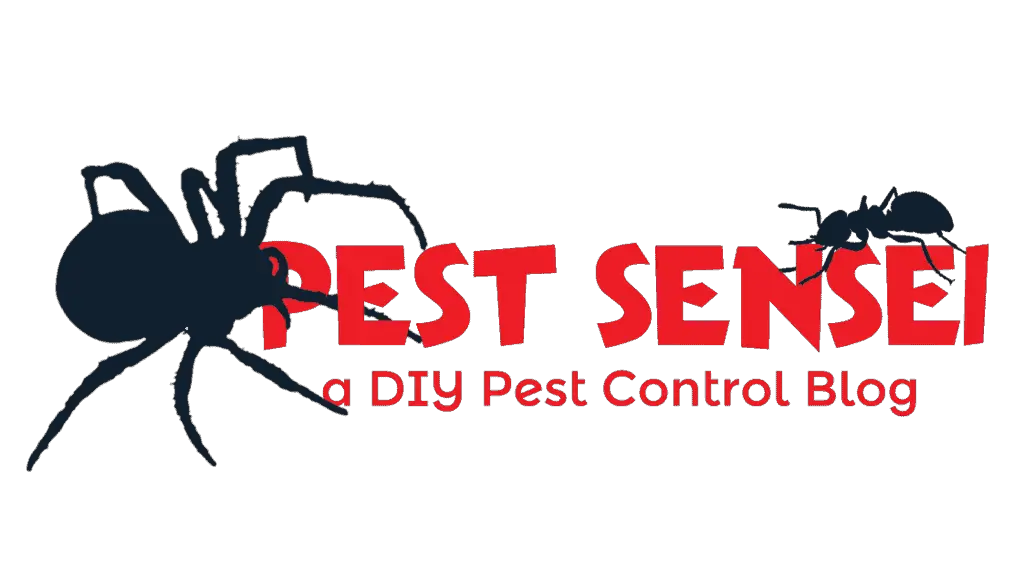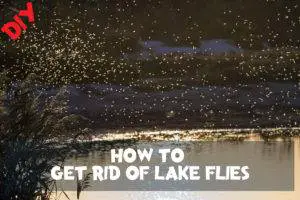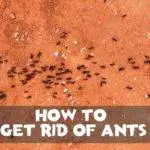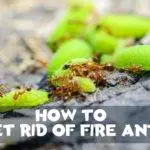Having a pond in your backyard comes with its fair share of challenges, including the seasonal presence of lake flies. In this guide, you’ll discover effective techniques for getting rid of these bothersome insects and regaining control of your outdoor space.
Understanding Lake Flies
Lake flies, also known as non-biting midges, are a group of mosquito-like insects commonly found around lakes. It’s important to note that they do not bite, unlike their mosquito counterparts. This means lake flies do not transmit vector-borne diseases.
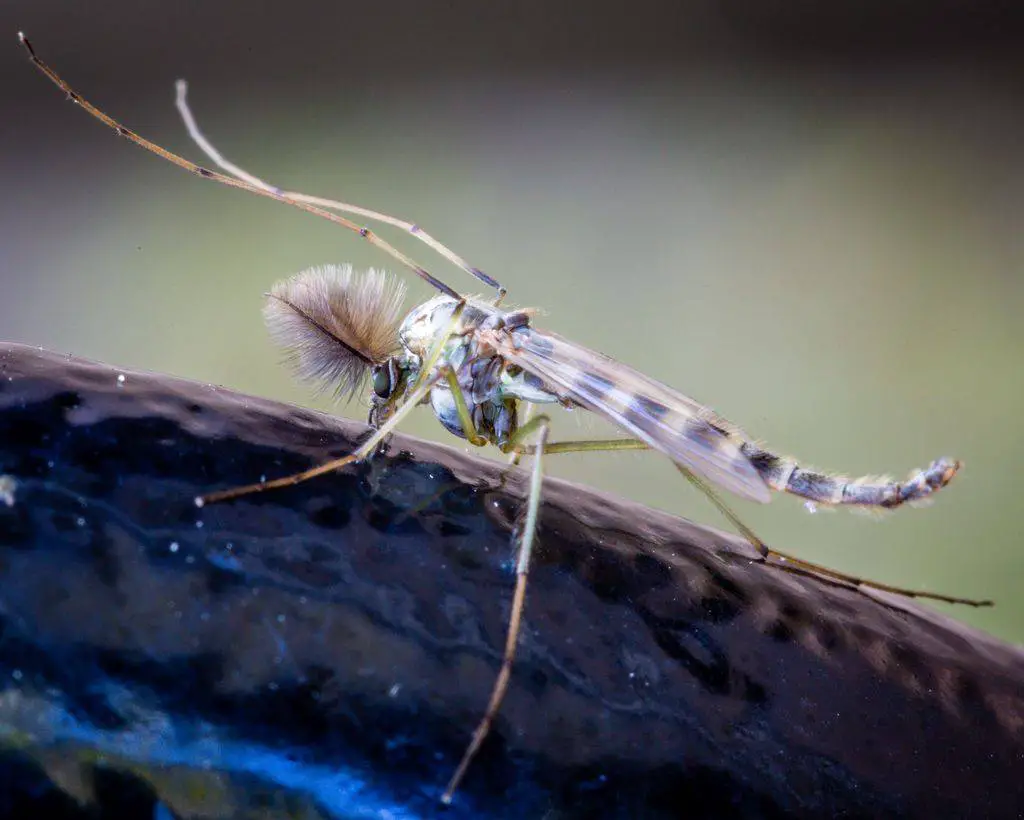
Many lake fly species lack mouthparts for feeding. Their primary mission is to reproduce. In heavily infested lakes or ponds, thousands of lake flies can emerge daily, causing a significant nuisance to those residing near the waterfront.
There are two primary types of lake flies that homeowners often encounter: phantom or ghost midges and bloodworm midges.
Phantom midge larvae have transparent bodies and primarily feed on small aquatic creatures, such as mosquito larvae. On the other hand, bloodworm midge larvae have distinctive blood-red bodies and survive as filter feeders, nourishing themselves on algae and other microorganisms at the water body’s bottom.
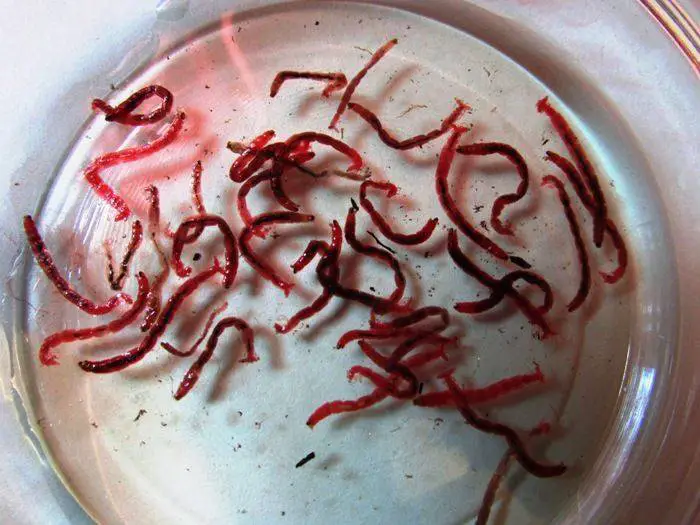
How to Get Rid of Lake flies?
Treat the Breeding Ground, if Possible.
The key to address the issue of lake flies lies in treating their breeding ground, typically a lake or pond. However, this may not always be feasible, especially if the pond is huge or under the ownership of a third party. In such cases, writing a complaint letter to the local authority or initiating a discussion within the community will be necessary.
If you have ownership of a smaller pond, several measures can be taken:
Keep Fish in the Pond
You can effectively bring down the population of lake flies by introducing fish in the pond. Be sure to use bottom-feeding fish like catfish, carps, or tilapia, since the lake fly larvae remain in the muddy depths of the pond.
Remove Algae Regularly
Lake fly larvae feed on algae, which thrives due to excessive nutrients. Eliminating this food source can address the root cause of the lake fly issue.
Consider utilizing algaecide products like Cutrine Plus Algaecide for immediate relief. Meanwhile, long-term solutions involve improving water quality through the installation of pond filters that remove excess pollutants promoting algae growth.
Improve Oxygen Level in the Pond
Lake fly larvae prefer low-oxygen environments found in the depths of lakes or ponds. They thrive in a low oxygen environment, because most fish don’t go where oxygen is too low.
Increasing oxygen levels at the pond’s bottom encourages the presence of other organisms that prey on the larvae. This can be achieved by installing submerged aerators.
On top of that, improved oxygen level in the pond promotes the growth of beneficial microbes to compete with algae, and accelerates the breakdown of nutrients that the algae rely on. This will subsequently reduce the food source of the lake fly larvae.
Introduce Predaceous Insects into the Pond
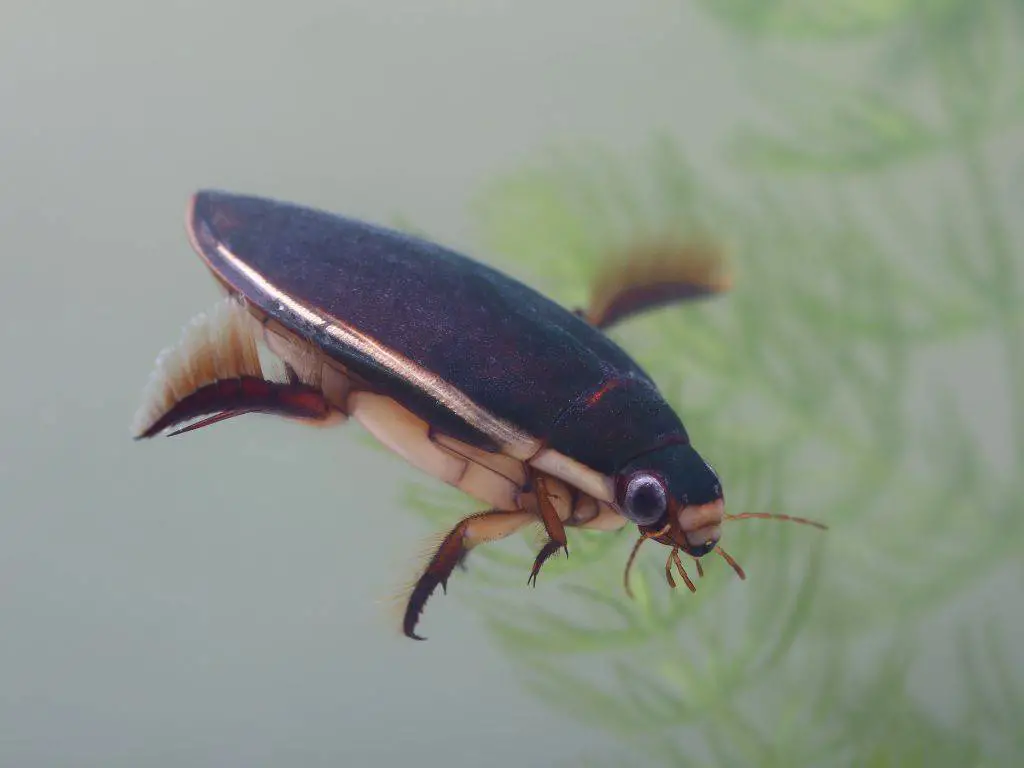
Diving beetles and dragonfly naiads are natural predators of lake fly larvae. By introducing these species into the pond, their population can thrive, providing effective control without resorting to pesticides.
Exotic pet stores online offer these insects for purchase. They are rather expensive if you need a huge quantity. However, you can try to breed diving beetles in a big water container before releasing them.
Treat the Pond with Pesticides
Pesticides should only be considered as a last resort for lake fly management. The practicality of pesticides in lake fly control continues to be a challenge.
Many pesticides are not approved for use against lake flies or midges, and the larvae’s location at the pond’s bottom may limit the pesticide’s effectiveness. Additionally, fish-friendly biocides like Bacillus thuringiensis tend to be costly, making them economically impractical.
Be sure to read and follow the label instructions when using pesticides in your pond to minimize any environmental and health risks.
Other Approaches to Minimize Lake Fly Nuisance
While treating the breeding ground may not always be feasible or yield immediate results, there are other effective measures to minimize the nuisance caused by lake flies. Consider the following strategies.
Install Window Screens
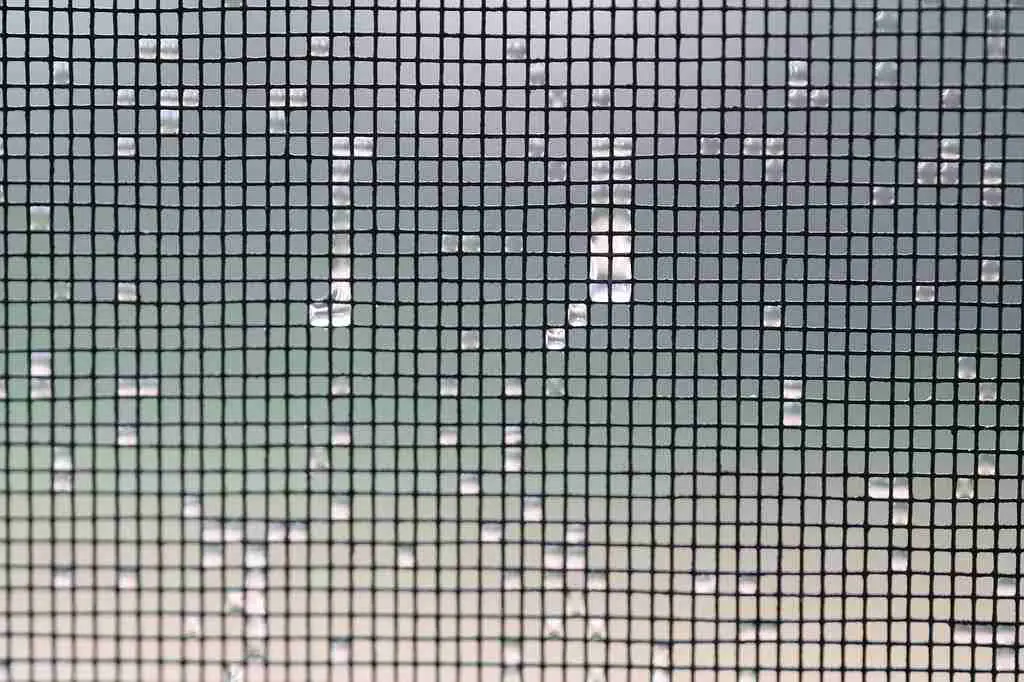
While lake flies don’t bite, they cause nuisance if they fly into our house. They also create other issues like attracting geckos and spiders. You can prevent that by putting up window and door screens.
Opt for DIY magnetic screens, which can be easily customized to fit your window and door sizes. These screens attach securely to the frames using magnetic strips, allowing for natural ventilation while keeping lake flies out.
Reassess External Lighting
Lake flies, like many insects, are attracted to light, particularly at night. Diminish their attraction to your home by turning off external lighting whenever possible.
If lighting is necessary, opt for warm LED or “bug light” that emit wavelengths less appealing to lake flies compared to incandescent and fluorescent white light.
Use Light Traps
Since we know lake flies are attracted to light, we can use light traps to lure them. Install light traps between your house and source of breeding. Position the traps as far away from your house as possible to intercept the lake flies before they reach your living space.
You can use Dynatrap to catch lake flies. Dynatrap attracts lake flies using UV light. Lake flies trapped are contained in the catch compartment and die slowly from dehydration.
Another option is outdoor zappers. Zappers electrocute insects and blow them into pieces. The insect debris can remain in the air for some time and cause asthma if breathed. Hence, never use zappers indoors or on your patio.
Be aware that light traps can also kill other non-target insects.
Pesticide Spraying
While pesticide spraying provides immediate relief, it is not a sustainable or cost-effective long-term solution. If you resort to this method, use pesticides specifically designed for lake flies, often labeled as midges on pesticide packaging.
Space Spray
Space spray is also known as fogging. Swarming lake flies can be killed immediately through fogging.
You will need a cold fogger such as Airofog ULV 120 or equivalent (thermal fogger is much more expensive and dangerous) for a large scale treatment. For pesticides, I recommend using Riptide 5.0% Pyrethrin ULV. It contains pyrethrins (a substrate found in Chrysanthemum flowers) which is good for fast knockdown, and piperonyl butoxide, a synergist that enhances the efficacy of pyrethrin.
If you prefer a cheaper, ready-to-use formulation, consider PT565 Plus canister, which also contains pyrethrins and piperonyl butoxide.
While pyrethrin is natural, it does kill fish. Ensure the fogging is conducted away from ponds or bodies of water to avoid harm to fish.
Fog only during peak swarming times, taking wind direction into account so that the fog doesn’t blow towards you.
Residual Spray
For longer-lasting effects, apply residual spray to surfaces such as walls and fences, particularly around external lighting areas. This treatment targets lake flies that land on treated surfaces, killing them slowly.
The issue with residual spray is – you don’t get to choose where the lake flies are going to land.
You can use a lure and kill technique by combining residual spray with lighting. Prepare a white incandescent or fluorescent light tube and a white net. Spray the net with residual chemicals, allowing it to dry before placing the light tube inside the net. Hang this setup close to the breeding ground to attract lake flies. As they land on the treated net, they will be killed.
I recommend using Temprid FX (Ready-to-spray | Concentrate) for a faster knockdown rate and longer residual effect.
